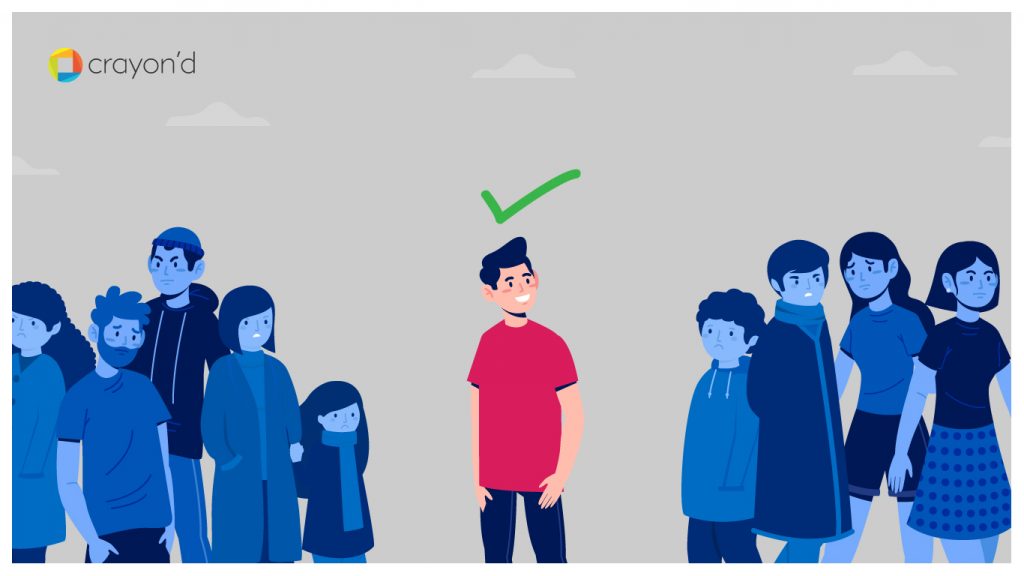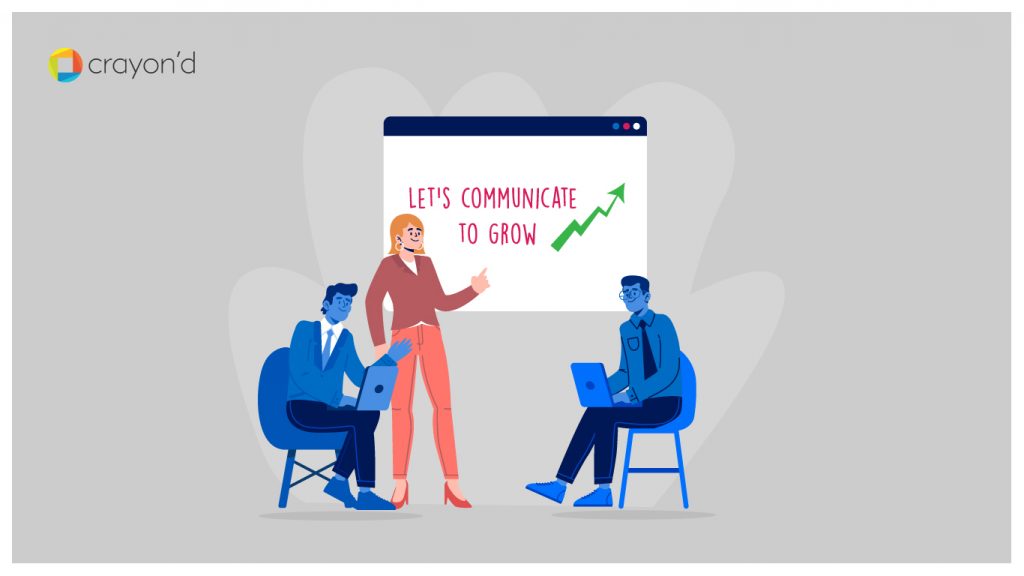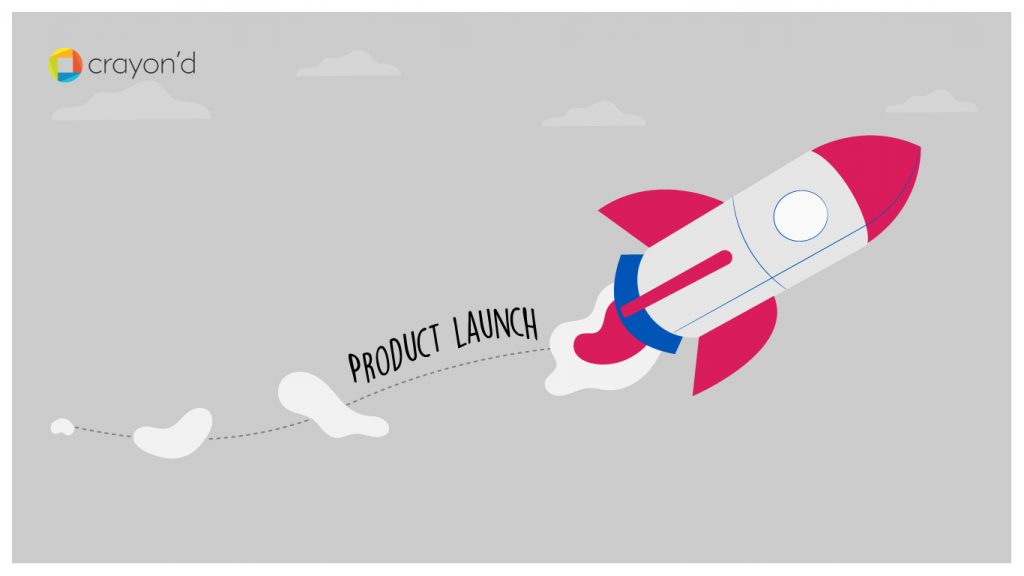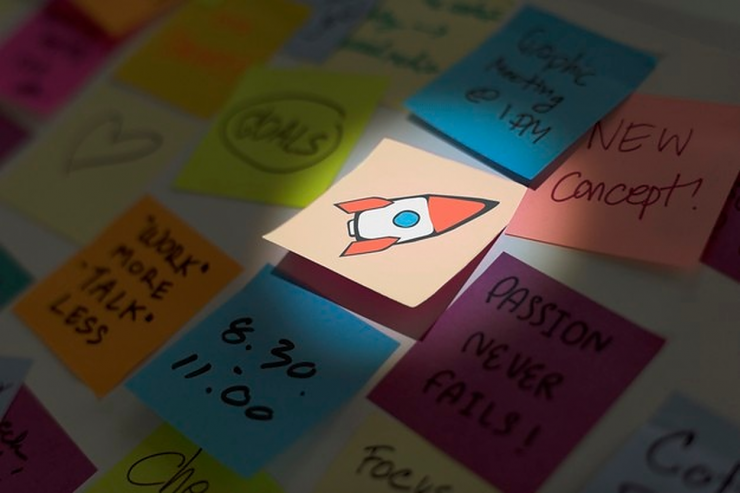A rolled dice is influenced by so many factors. The way you roll it, the floor it lands on, the friction between it and the floor. Similarly, your product launch is governed by multiple factors. It’s a result of many things in culmination.
However, the product launch is, unlike the dice rolling where you have no control over most of the factors. Take any game that involves rolling the dice. All you can do is roll it and wait for a good number to turn up. All the little factors, you cannot do anything about it.
But the product launch is the opposite. You can regulate everything in your launch process. You have the power and authority to tweak and improve all the factors. So, how do you start? By knowing the process, the elements that shape it, and then strategizing them in the best way.
If you are here to know-how, why wait? Let’s begin.
Product Launch Steps
Having taken the necessary efforts to develop groundbreaking software solutions, businesses must also ensure that they carefully chalk out the launching process for optimal ROI. To help, the following are some of the major steps in the process.
Understand Your Audience
Before you begin the launch, you must first understand your user base. This not only shapes your marketing strategy but the software itself. Any product must fill the gaps in the market and solve the problems your users are facing.
You begin by identifying your target audience, conduct a small survey to understand their needs and then tailor your product to features. This user-focused approach helps in three ways:
- Increase the quality of your product. If you know your buyer’s needs, you can adjust your service to ensure a better product is delivered.
- You can reach a larger audience just by designing a launch-plan that is user-focused. It gives users a sense of connection and solves their problems.
- Your marketing strategy will effectively change into talking about the problem your product solves rather than the product features itself.
Among other things, understanding your user base will help you determine ways to reach them effectively. Know your audience, learn where the best place to reach them is, and how they will respond to your ad.

Define Your Goals
Before you do anything else, define what a successful launch is to you. Define how you measure success. It could be in the number of downloads, sign-ups, or views. Knowing this is essential to planning the launch. If you know what your goal is you can strategize and plan how to successfully get there.
Create Your Launch Plan
The objective of a product launch is to build momentum and sales. Any business should have a sound and thoroughly worked out marketing strategy before launching any product. This includes everything such as the product itself, the marketing plan, evaluating your competition, communication strategy, and your brand voice.
Timing is everything in a product launch. Setting milestones will help keep you on schedule for the launch and keeps your costs in check. Knowing the right time for your audience and the market is ready for the release of your product will influence its success.

Beta Test
Bringing an untested product to the market is a bad idea. Beta tests will ensure that every feature works as expected and the system can handle the number of anticipated users. This is also a chance for you to see how your product functions in the hands of a true user.
Beta tests will teach your engineering team the limits to which the service can be used, where are the glitches that need fixing, and most importantly, where lies the best potential. The marketing team will hear stories from users and be able to use this as material for the launch and customer service will learn where the obstacles are, what issues the users face and how to overcome them.
In the long run, a beta-tested product will lead to better user satisfaction when the final product is launched and your launch plan should include this as part of the timeline.

Brand Messaging
Brand messaging will go a long way in defining the future of not only your product but the company itself. Understand where you stand in the market, how you want to present yourself and what your approach will be. Knowing these will create an image of your company in the audience’s mind and inform your product messaging.
Product Messaging
The language you use to communicate with your buyers can make or break the success of your launch. It should be clean, concise, and consistent. Think about what sets your product apart from others and what problems your product solves. Find and understand how customers talk about the problems your product will solve and use that in your marketing approach.
Communicate
Proper and consistent communication is key. Once you have understood the needs and locked your launch plan, start campaigning. Stick to the launch plan through all ups and downs and don’t forget to stay relevant. After generating interest, it is important to be able to maintain it. Figure out how you wish to communicate with your users and were.
Social media is a must, but use that as a base plan. It cannot be the only channel of communication. Once interested, your customers will want to know more about you and your product. Build your website, and generate a mailing list. Use multiple channels to reach your customers. Your Launch plan must also include a separate communications plan detailing all of these.

Assume a Customer-centric Stance
When you launch a product, you are probably excited about the features and specs on offer. While these are important, they don’t matter unless they are bought by your user.
Treat the user as your focus. Instead of talking about the product, talk about the user and their needs. Instead of talking about the features, talk about how this will help the user. Shift the emphasis from product to customer. It not only details the use and need for your product it also makes the user feel like he or she is being heard and their needs are being fulfilled.
Determine the Pricing
Pricing is a vital aspect of your economics. An effective billing/subscription model is designed for keeping the customer in mind. This is where your customer knowledge will play a big role. If your pricing is too high for your customer base you may not have any buyers. Decide whether you want to roll out the entire product with a one-time subscription or whether you can build a model where users pay for additional features and updates.
This also a place where you can bring attention to your old products and services. Be innovative and find ways to increase sales in your old products by including package plans or discounts.
Market Your Product Honestly
While your marketing team is busy racking up interest, your product development team is still working on the product. These two processes often happen simultaneously. But what if the finished product is not ready in time for the launch? The fear is real!
Don’t allow marketing to tout a product or feature that is not available in the test versions. If the feature does not end up making it to the final product but the marketing for it has already happened, it can lead to disappointment in your users. If you plan to postpone the launch, communicate to the users. Clear, concise, and transparent communication will build a level of trust between you and your customer.
Remember that a product will never feel like it is fully completed. There will be many tweaks and details that emerge for years to come. Knowing what is vital to launching the product will help you draw the line and move ahead faster.
Recalibrate
A launch plan is important but it should not restrict your growth. Go back to your plan and make changes based on new developments and information. Always leave room for flexibility.
Be Innovative
Know your competition and understand how they function. When you set a tone that is new and exciting it immediately piques interest. Brainstorm and think up new ways to deliver the same product. Do not be afraid to push boundaries!
The Launch
Maximize the product launch by choosing a relevant date. It could be something relevant to the company like the company anniversary or to the product itself.
While the launch day may be exciting it is also a great time to get early feedback. You can use this initial wave of excitement to drive the product further ahead and keep the momentum going.

Product Launch Roadmap
Here is where the magic happens.
From everything that you need to do before you even start marketing — developing the product, understanding your audience, beta testing — to everything that you will do during the launch comes together in this neat package of a roadmap.
Essentially, your product launch roadmap does two things for you:
- Tells you exactly where you are in your product launch journey
- Sets a definite time frame that everyone can follow at your organization to enable the product launch.
Here is a general template that you can use to frame your launch’s roadmap.

Some Product Launch Strategies
Make your product launch grand or different
Following the tried-and-tested is bound to give you some results, sure, but to really have ‘traction’, you gotta stand out.
Apple revolutionized the way products were launched in the yesteryears by announcing them on a grand stage with a lot of theatrics. These days, big companies try to do the same with their launches.
Your product launch needn’t be grand in the conventional manner. Instead, you could be creative with it by tapping into obscure channels or weird experiments.
Like this one.
While it is not really a product launch, it surely demonstrates the power of good experiments.
Open up pre-ordering
First of all, it is not the same as beta testing.
Here, you gamify your product’s demand by making it scarce. Despite your product being digital, you make it into a race of pre-ordering.
And just to avoid FOMO, users would sign up for your product.
If your product is truly worth the hype, then these pre-customers can become informal ambassadors for your product.
Bring in the tastemakers
Most products tend to call in people like journalists and reviewers just weeks before the launch.
You can gain more momentum by involving such people, the early adopters, even before you develop your MVP.
If your product idea is a true standout, then they could create a buzz around your product that would slowly culminate into a big noise on the day of launch.
Why miss out on such an easy opportunity?
What’s Next?
Once the product has been launched your work is not over! It is just the beginning. Keep the interest in your product steady flowing and monitor the progress. Remember, any launch is a process of trial and error. Take note of what works and what doesn’t, what do your customers respond to and plan your next moves accordingly.
The key takeaway is to plan, plan, and plan. A successful product is not only dependent on the product but also on your ability to sell the product. People will not come to you just because you built a product. You have to make yourself known and strike the right tone. Like product development, product launching is a science and art!







Add comment